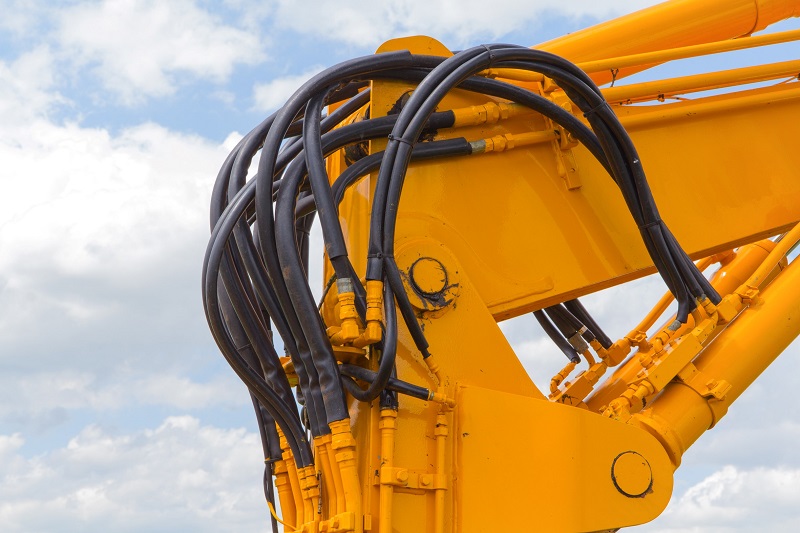Hydraulic fitting leaks are not only annoying because they drip hydraulic fluid all over the place, but they can also cause injury or serious damage to equipment. Careful inspection, investigation, and replacement of bad fittings are the key to fixing hydraulic fitting leaks.

There are three types of hydraulic fittings for use in hoses. They are aluminum, steel, and brass. Aluminum fittings are the most common of the three types. Although aluminum fittings are less expensive than steel and brass fittings, they are less durable because they are softer. As a result, they are more susceptible to becoming damaged. These damaged areas if not taken care of in a particular period can cause a lot of trouble. Thus, 1800 HOSE VAN will help you to find the solution to your problem in the best possible way and in the least possible time.
- Inspect the fitting for signs of damage:
The metal can sometimes be damaged during installation because it is soft and can be deformed. After installation, visual and audible damage can be caused by vibration, impact, or abuse. It is recommended that fitting repairs be done on a regular inspection schedule to ensure that the fittings are not damaged and detecting the damage to make sure the problem is resolved as soon as possible ensuring minimum loss.
- Be Careful While Using Air Pressure Gun:
When using an air pressure gun to inspect fittings, be aware that the air pressure can damage the fitting. The air pressure used to blow the fitting off the hose will blow the fitting out of the hose. Never use an air pressure gun to remove a fitting that is safely installed within the hose. Do not try to fit in temporary solutions as they may cause problems in long term.
- Inspect The Fitting For Loose Or Damaged O-rings or Gaskets:
O-rings or Gaskets, these components keep the fitting in the hose. Over time, the seals can become damaged and lose their sealing ability. If the seal has been damaged or broken, the fitting is useless and thus it should make sure they are intact and sturdy.
- Inspect The Fitting For Hard Spots:
These areas can form within the fitting because of the material that is being used and because of the amount of pressure that develops within the fitting during operation. These hard spots can cause the fitting to break off during use. Hence keep it in check that there is no potential problem that may occur.
- Observe The Noises Coming From The Damaged Area:
Be alert for creaks, rattles, or other sounds coming from the fitting. These noises can be indications of damage to the fitting. Check the fitting closely for damage and lose seals.
- Avoid Usage Of Heat:
Never use heat to repair hydraulic fittings, as it can damage the fitting. Instead, use a cold chisel to remove the damaged fitting as it will be a safe option and there would be no risk of damaging the fitting.
Leave a Reply